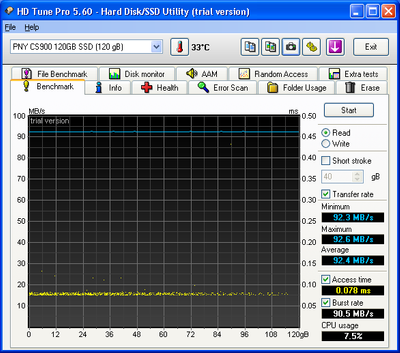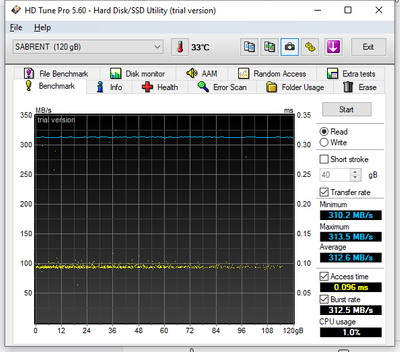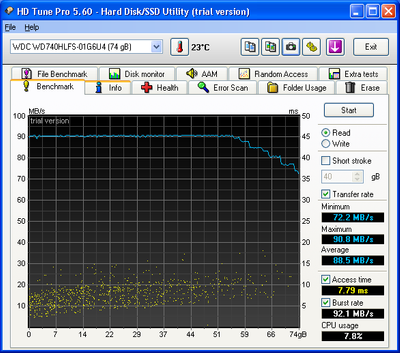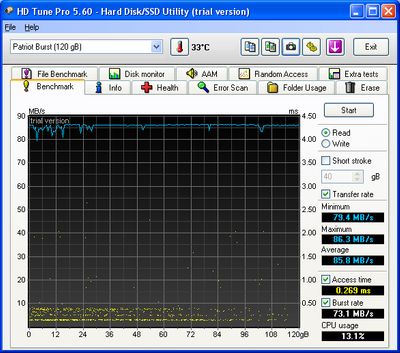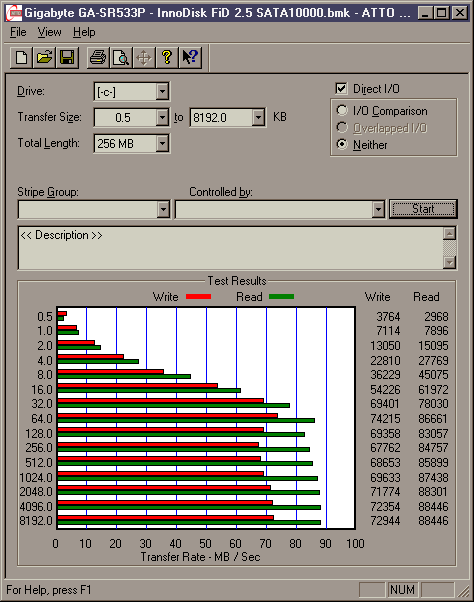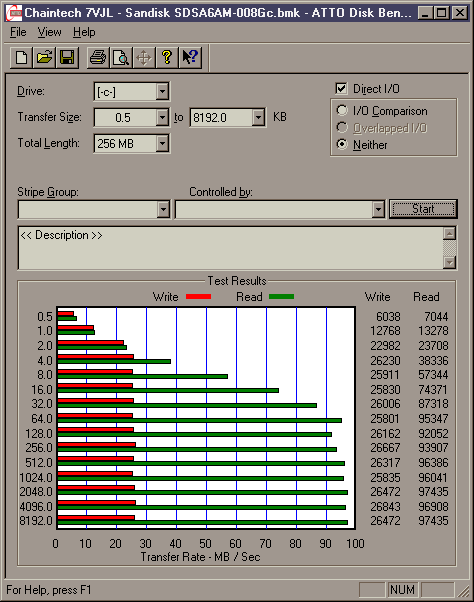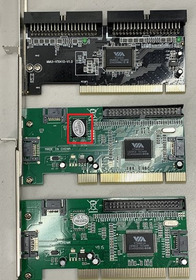Nemo1985 wrote on 2020-09-08, 15:35:
Thank you for the feedbacks, I was wondering if it wasn't detected because it has been formatted from windows 7 so it uses a different cluster size? Could it be?
But now that I think I have a sata velociraptor too I will check if it get's detected or not and report back.
Windows Vista and newer Windows versions use LBA formatting with 1 MiB aligned partitions. They do not care about legacy CHS informations.
This may not compatible with Windows 98 or XP, because those old systems need non-LBA informations to boot.
CHS aligned partitions (DOS, Win98, XP) are compatible with Windows Vista and newer.
But...
Newer disks have 4 KiB physical sectors and may emulate classic 512 byte sectors (4K native with 512e).
When you use CHS, there are 63 sectors reserved in track 0 head 0. This means that the first sector is unaligned on disks with 4K native sectors.
If the sectors are not aligned it may happen that the disk has to read the rest of the physical sector before being able to write sectors to the disk.
If the alignment is proper there is no need to read before write.
Using SSDs and 4k native discs I prefer manual alignment. First partition starts at C=0 H=8 S=1. 504 sectors before partition start.
